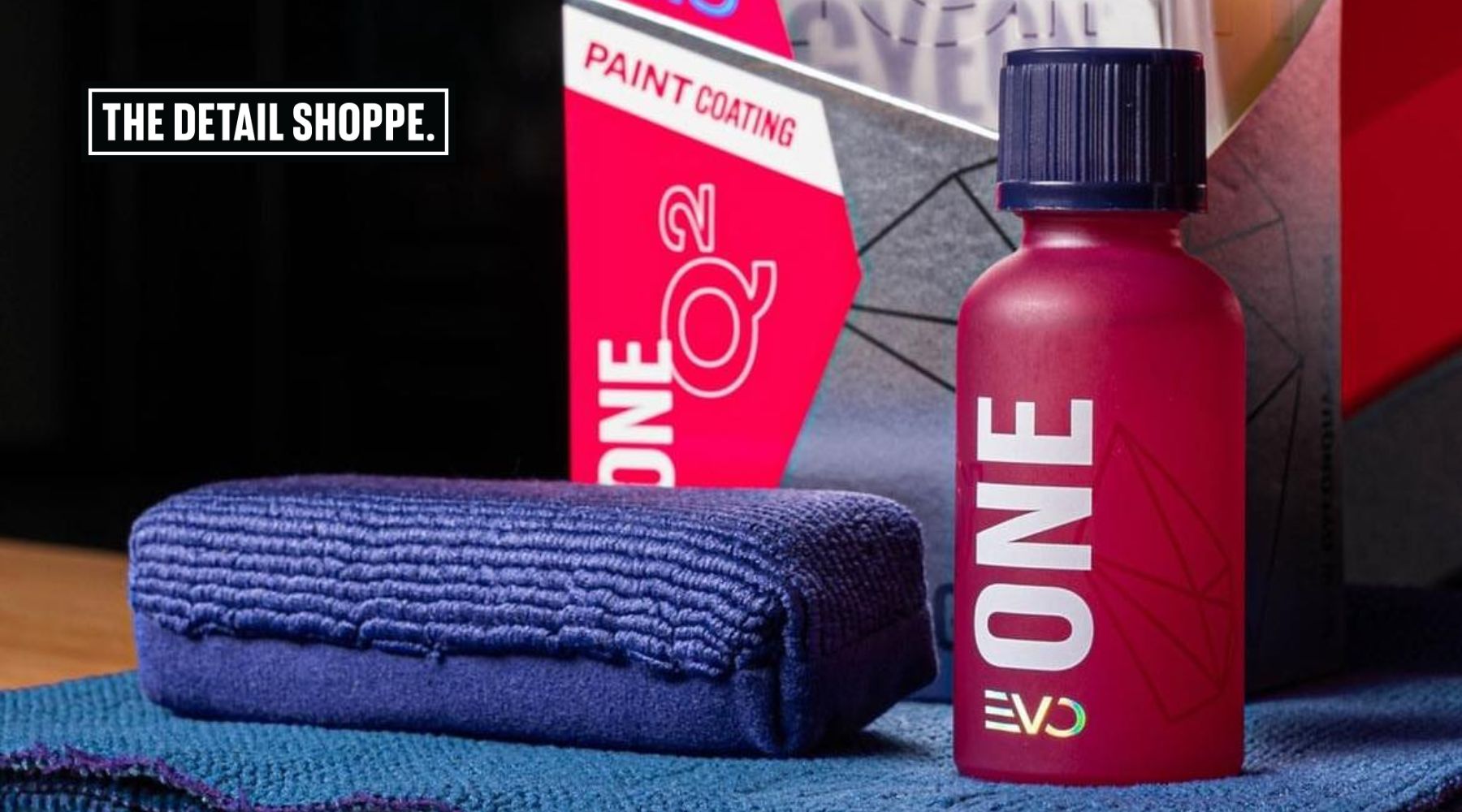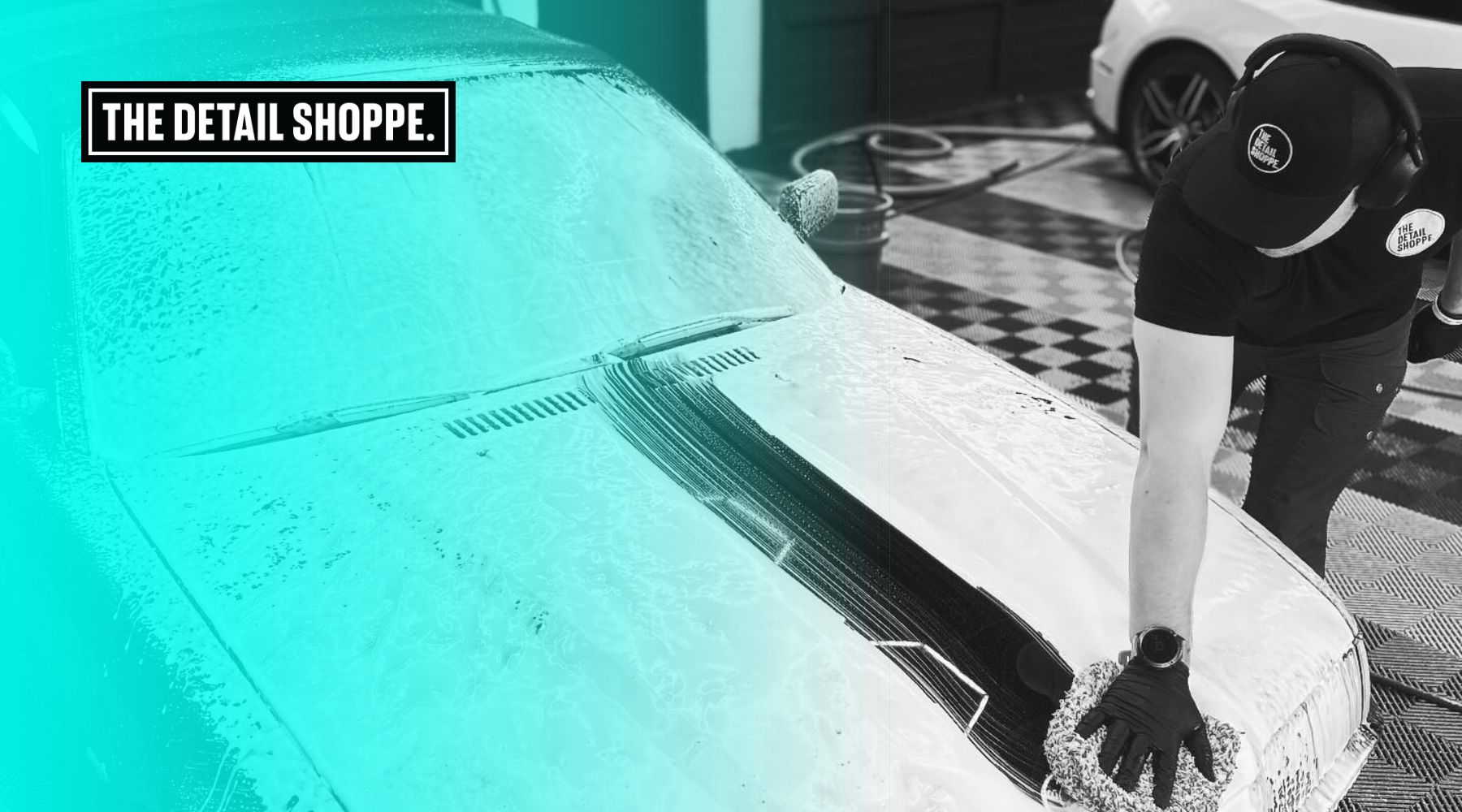Oregon’s weather is no stranger to rain, especially in Happy Valley. If you’ve just had a ceramic coating applied to your vehicle, the last thing you want is a downpour crashing your coating’s curing party. But what exactly happens when fresh ceramic coatings meet rain, and how can you protect your investment?
Let’s break it down so your ride stays flawless, rain or shine.
From Application to Perfection: Why Ceramic Coating Needs Time to Cure
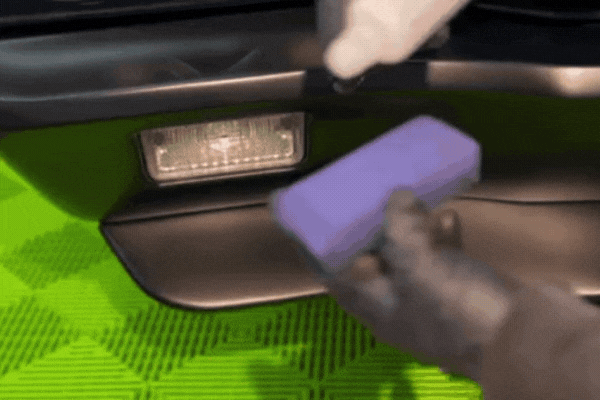
Ceramic coating is more than just a glossy topcoat. It’s a nanoceramic protection layer that chemically bonds to your car’s clear coat, creating a hydrophobic surface that repels water, grime, and environmental pollutants. Once fully cured, the coating delivers a water-beading effect, a mirror-like shine, and extended protection against scratches, UV rays, oxidation, and even acidic contaminants.
But here’s the kicker: the coating doesn’t fully cure immediately after application. It undergoes a multi-phase curing process, starting with an initial “dry to the touch” stage in a few hours, gradually hardening over 24 to 48 hours, and finally reaching full strength in about 7 to 14 days. During this time, the ceramic layer is most vulnerable to moisture, dust, and pollution.
In a damp climate like Happy Valley, OR, this curing window becomes especially important. High humidity and unexpected rain can disrupt chemical bonding, reducing durability and leading to imperfections such as water spotting or streaking. That’s why professional application and post-care, especially during the first week, are critical to achieving long-lasting, flawless results.
Why Fresh Ceramic Coatings and Rain Don't Mix Well
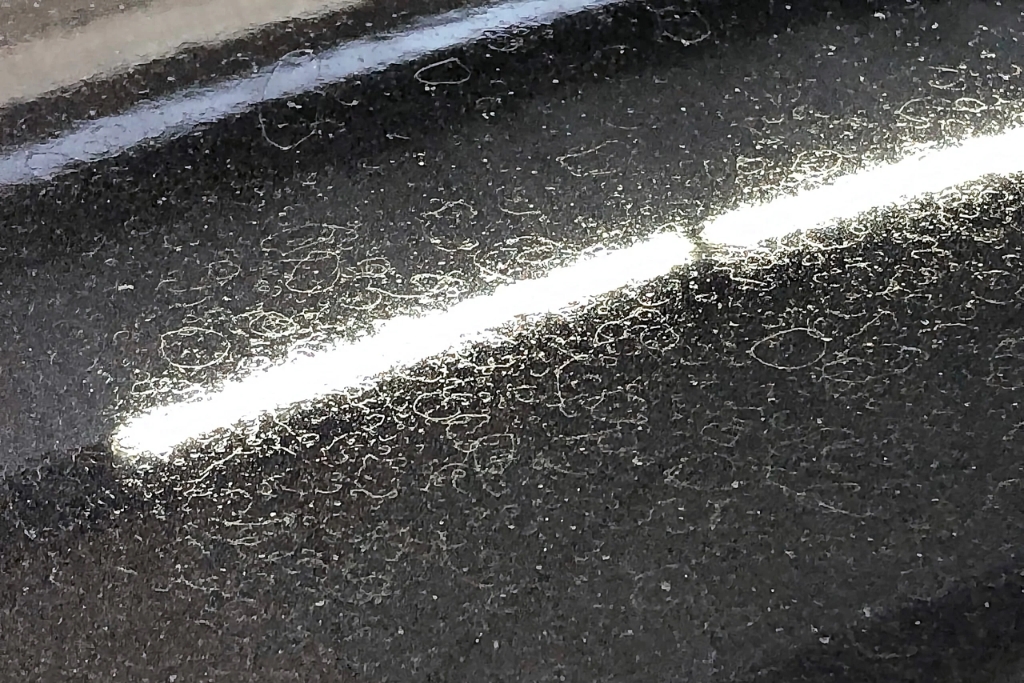
1. Rain Can Weaken the Bonding Process
During the first 24 to 48 hours, the coating is still bonding with your car’s paint. If it gets wet during this time, the coating’s bond strength can weaken. Rainwater can introduce minerals and pollutants that interfere with the coating’s ability to adhere properly, potentially compromising long-term protection.
2. Water Spots & Mineral Deposits
If rain hits a freshly coated surface, water spotting is a serious risk. As water evaporates, it can leave behind mineral deposits on the paint, creating unsightly spots and potential etching of the still-soft coating.
3. Acid Rain is a Bigger Threat
Even after curing, acid rain and ceramic protection don’t mix well. While a cured ceramic coating offers excellent defense, prolonged exposure to acidic elements will wear it down over time, especially if maintenance is neglected.
Curing Timeline: How Long Before Rain After Coating?
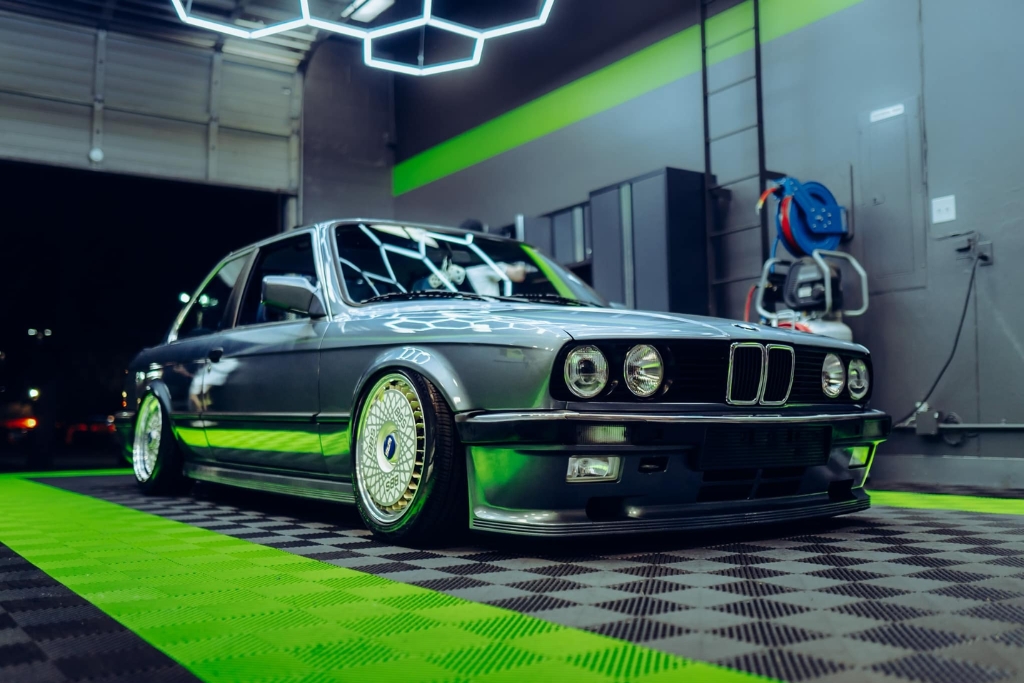
Knowing how long to wait before rain after coating can make all the difference between a ceramic job that lasts for years and one that loses its luster prematurely. Here’s what every Happy Valley car owner should know about the ceramic coating curing timeline and the fresh ceramic coating precautions that protect it during each stage:
Time After Application | What to Expect | Recommended Action |
0–24 hours | High vulnerability | Keep indoors or under cover; blot dry immediately if wet |
24–48 hours | Bonding improves | Still avoid water, no washing, drive only if necessary |
3–7 days | Intermediate hardness | Avoid harsh rain and debris; still skip car washes |
After 1 week | Mostly cured | Light maintenance okay with pH-neutral products |
2 weeks+ | Fully cured | Normal care and maintenance resume |
💡 Pro Tip for Happy Valley Drivers
Due to Oregon’s frequent rain and high humidity, it’s smart to schedule your ceramic coating during a stretch of dry weather, or have a covered parking plan ready. Ambient conditions, such as temperature and humidity, directly influence how quickly and effectively your coating cures.
And remember: even after full curing, rain and contaminants can gradually wear down your coating’s performance. That’s why routine maintenance and knowing when to reapply or refresh is just as important as the initial cure.
Elevate Your Ride With

How to Protect Your Vehicle from Rain After Ceramic Coating
Oregon’s weather doesn’t always cooperate, so knowing how to shield your vehicle from rain right after ceramic coating is essential for a flawless finish and long-lasting protection.

🚗 Shelter It Like You Mean It
Keep your car indoors or under a high-quality, breathable car cover for at least the first 48 hours. If an outdoor shelter isn’t available, consider temporary canopies or covered parking. Even light mist or morning dew can interfere with the curing process.
🧽 Drying Method Matters
If your freshly coated car gets wet, resist the urge to wipe it down. Instead, use a clean, plush microfiber towel to gently blot the surface dry. This avoids micro-marring and prevents dragging minerals or debris across the uncured coating.
🚿 Avoid Washing Too Soon
Hold off on washing, even a rinse, for at least 7 days. The coating needs time to chemically bond, and any disruption from water pressure or soap can reduce its effectiveness. If you must clean the vehicle, use a dry rinse or waterless wash recommended for ceramic finishes.
🧴 Use the Right Products
Once cured, use only pH-neutral car shampoos and ceramic-safe detailing sprays. Avoid anything acidic or abrasive, as these can break down the hydrophobic layer and reduce long-term durability, especially in wet climates like Happy Valley.
➡️ Read our guide on How Ceramic Coating Enhances Paint Protection and Shine
to see how it boosts your car’s shine and long-term protection.
Long-Term Maintenance in Rainy Climates Like Happy Valley
While ceramic coatings offer impressive durability, they’re not invincible, especially in consistently wet environments like Happy Valley. Rain carries contaminants, road grime, and even acidic pollutants that can degrade your coating over time. To maximize your investment, proper maintenance is key.

✅ Regular Inspection
After a rainy day or storm, inspect your car for water spots, mineral deposits, or reduced beading. If water no longer sheets or beads effectively, that’s a sign the coating is losing its hydrophobic edge. Addressing issues early prevents long-term damage.
🔁 Top-Up Treatments
Every few months, apply a refresher spray or ceramic top-up to restore gloss and repellency. These products are specially designed to rejuvenate the coating’s protective layer, adding a sacrificial shield against rain, pollutants, and daily wear.
🧼 Regular pH-Neutral Washes
Wash your vehicle every 1–2 weeks using a pH-neutral car shampoo. This removes buildup from rain and road debris without stripping the coating. Avoid harsh soaps or drive-thru car washes, which can reduce coating performance.
Why This Matters for Happy Valley Car Owners

In a city where rainfall and humidity are routine, proper timing and care around ceramic coating application are more than just suggestions; they’re essential. Ambient humidity and curing time directly impact how well the coating bonds to your vehicle, affecting both its longevity and performance. Skip the precautions, and you may end up with dull spots, premature failure, or even embedded contaminants.
Happy Valley’s frequent rain, damp mornings, and fluctuating temperatures can all accelerate the wear of a poorly maintained or improperly cured coating. That’s why partnering with a trusted local professional is key.
At The Detail Shoppe, technicians are trained to apply coatings in alignment with Oregon’s unpredictable weather. Their use of high-performance nano-ceramic products and tailored curing strategies ensures your vehicle receives the protection it needs, right from day one.
Whether it’s your daily driver or weekend cruiser, professional-grade ceramic coating and expert application make all the difference in Oregon’s rainy climate.
Final Thoughts: Rain Doesn't Have to Ruin Your Shine
If you’re investing in ceramic coating in Happy Valley, you’re choosing one of the best forms of vehicle protection available. Just remember, timing and aftercare are everything when it comes to rain and fresh ceramic coatings.
Whether you’re preparing for your first application or navigating post-rain maintenance, trust local experts like The Detail Shoppe to get it right the first time.
➡️ Want more insight? Don’t miss:
FAQ: What Happy Valley Drivers Are Asking
Why does fresh ceramic coating require protection from rain?
Because it’s still curing! Rain can dilute the bonding agents or leave behind mineral deposits that degrade coating performance.
Why does rain during curing damage the coating?
Rain disrupts the chemical cross-linking between the ceramic and paint. The result? A weaker shield that won’t last as long.
Why do coatings lose hydrophobicity over time with rain?
Repeated rain exposure slowly erodes the coating. Without maintenance, the hydrophobic ceramic coating’s benefits start to fade.
Why is pH-neutral cleaning important?
Because harsh soaps can strip the coating, they can dull the finish or accelerate wear.

